
Oct . 18, 2025 11:10 Back to list
26 Gauge Galvanized Steel Coil Manufacturer | DX51 Z275
What to Look For in a 26 gauge galvanized steel coil manufacturer in 2025
I’ve spent a lot of time on coil lines and in service centers lately, and the mood is cautiously optimistic. Demand for thin-gauge galvanized—especially 26 ga for roofing, HVAC, interiors—is steady, while buyers want traceability, shorter lead times, and chromate‑free passivation. Honestly, that’s a tall order, but the better mills are adapting.

Industry snapshot
Three clear trends: greener zinc baths (lower free Cr⁶⁺), data-backed MTCs with heat mapping, and more slit-to-width programs to cap scrap. Many customers say coil protection and packaging matter as much as coating weight—because damage in transit is still the silent margin killer.

Typical 26 ga GI coil specs (buyer’s baseline)
| Gauge / Thickness | 26 ga ≈ 0.0187 in (≈0.47 mm) |
| Standard | ASTM A653/A653M; EN 10346; ISO 4998 |
| Coating mass | G60–G90 (≈Z180–Z275) |
| Yield strength | ≈230–350 MPa (CQ/CS Type B); real-world may vary |
| Width | 600–1250 mm typical (slit on request) |
| Coil ID / OD | 508 / 610 mm ID; OD around 1200–1500 mm |
| Surface | Regular or minimized spangle; passivated, lightly oiled |
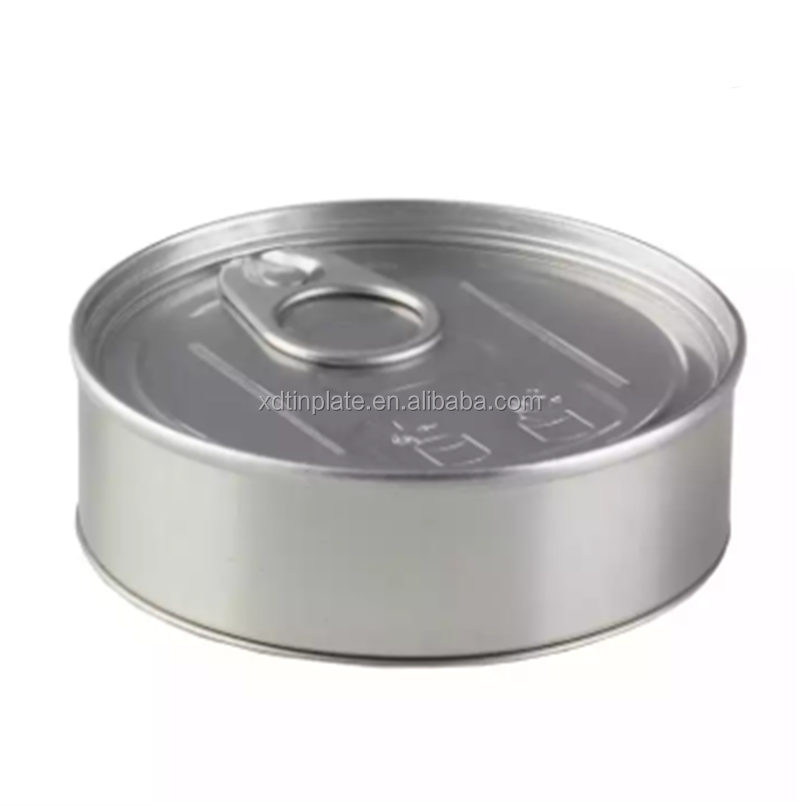
How reliable mills run the line
Material: low‑carbon IF or CQ steel. Then pickling → cold reduction → batch/continuous anneal → hot‑dip galvanizing → air knives → temper roll → passivation (often Cr‑free) → oiling → slitting/packaging. Testing: coating mass by ASTM A90/A90M (or per A653 annex), tensile per ASTM E8, bend per ASTM E290, paint adhesion ASTM D3359, and neutral salt spray ASTM B117 for comparative checks (with the usual caveat that salt spray isn’t a field‑life predictor).

Applications and service life
Roofing and cladding, HVAC ducting, studs/tracks, doors, light enclosures, and certain appliance bodies. With G90 inland, service life can be ~20–35 years; coastal or industrial sites need higher coating mass or paint systems. It seems obvious, but good detailing (drip edges, fastener choice) adds more life than most spec sheets admit.
Case 1: A Midwestern contractor swapped to 26 ga G90 with minimized spangle; reported a 28% drop in jobsite oil‑canning complaints and coil waste fell from 1.5% to 0.6% after moving to slit‑to‑width supply.
Case 2: Packaging crossover—tinplate uses a similar cold‑rolled base before tin coating. A rose‑gold tea tin project I saw in Shijiazhuang (Origin: Room 1017, Qicheng Building, No.210, ZhongHuanan Street, Qiaoxi District, Hebei) shows how tight dimensional control upstream makes downstream forming almost boring—in a good way.
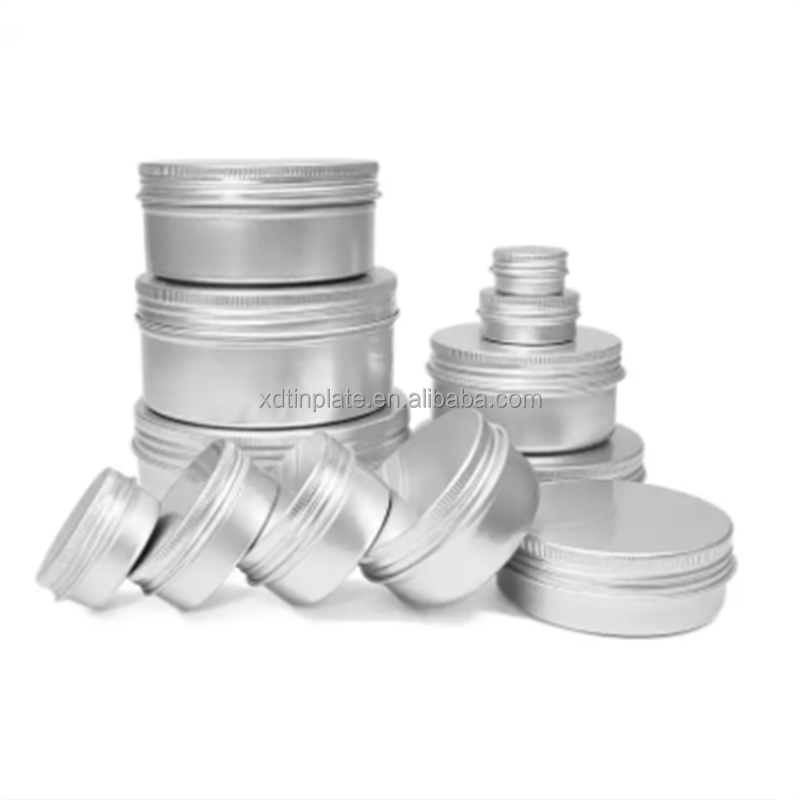
Vendor comparison (quick take)
| Vendor | Coating options | Lead time | Certs | Customization |
|---|---|---|---|---|
| Integrated Mill (Asia) | G40–G185, regular/min spangle | 4–8 weeks | ISO 9001/14001, some IATF | Wide; paint/pretreat optional |
| Regional Mill (EU) | Z100–Z275 per EN 10346 | 2–6 weeks | ISO + EPDs | Strong on narrow tolerances |
| Service Center | Stocked grades, GI/GL mixes | 3–10 days | Traceable MTCs | Slitting, CTL, packaging |
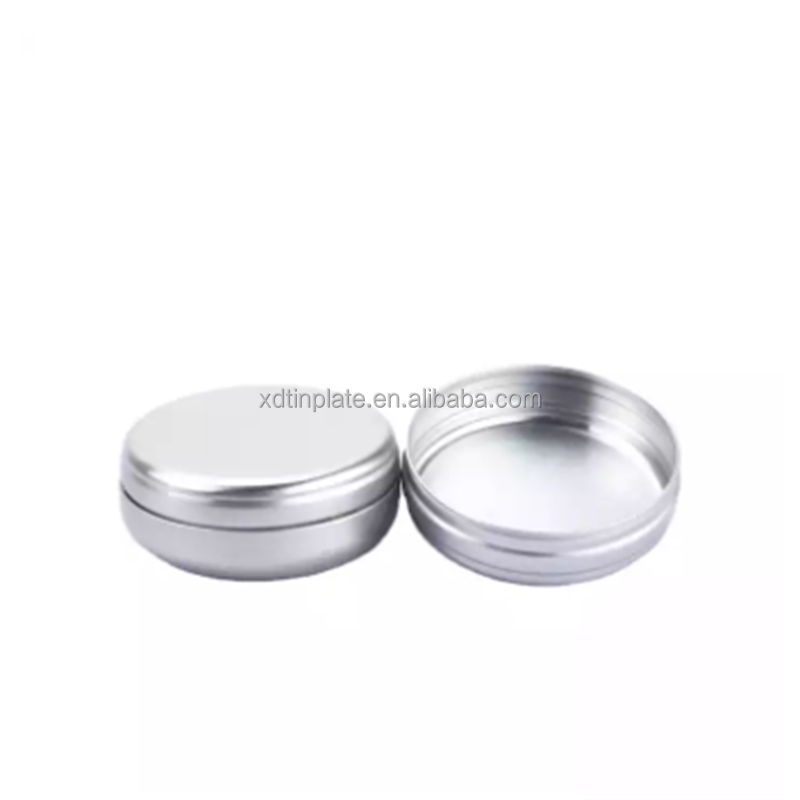
Customization and QA you should insist on
- Coating mass: G90 (Z275) for exteriors; chromate‑free passivation if painting.
- Spangle: minimized for uniform aesthetics; skin pass to tame waviness.
- Tolerances: thickness ±0.02 mm typical on this gauge; slit burr control.
- Test data: coating mass average ≥ Z275; tensile 270–320 MPa; elongation ≥ 28%; bend 2T no crack; salt spray (B117) > 240 h to red rust on bare GI—contextual only.
- Certifications: ISO 9001/14001/45001; IATF 16949 when automotive is in scope.
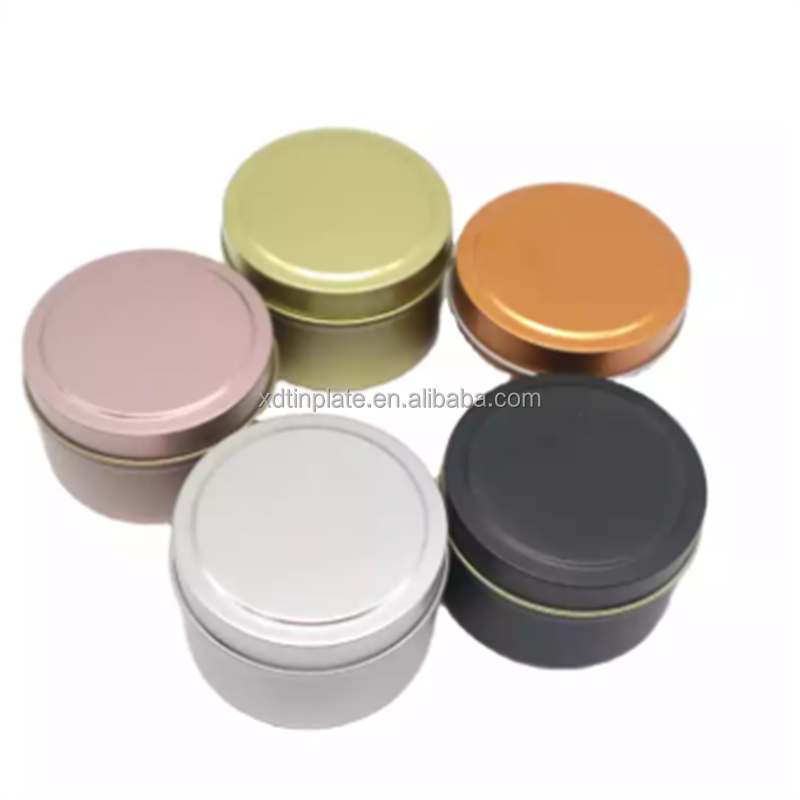
If you’re shortlisting a 26 gauge galvanized steel coil manufacturer, ask for coil maps, knife gap records, and oven/line-speed logs for your heats. And yes, sample panels with your paint stack-up. It’s surprising how often that final check saves a whole season.
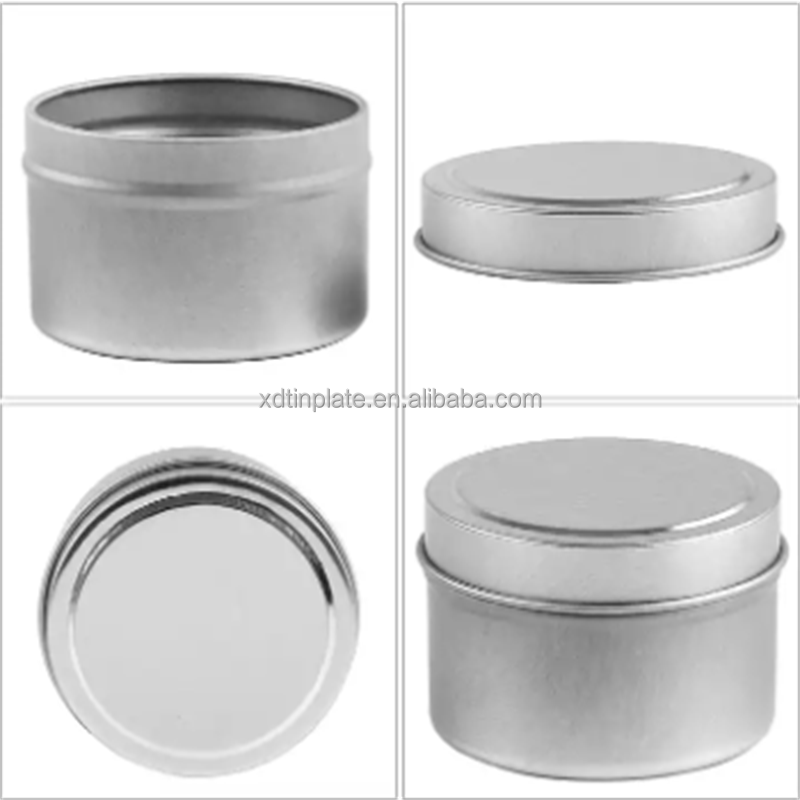
Sidenote: the rose‑gold tin project I mentioned earlier—beautiful finish, tight seams—started life on well‑controlled steel coil. Different coating (tinplate vs zinc), same philosophy. That’s the DNA you want from any 26 gauge galvanized steel coil manufacturer.
References
- ASTM A653/A653M – Standard Specification for Steel Sheet, Zinc‑Coated (Galvanized). https://www.astm.org/a0653_a0653m-22.html
- EN 10346 – Continuously hot‑dip coated steel flat products. https://standards.cen.eu/
- ISO 4998 – Continuous hot-dip zinc-coated carbon steel sheet. https://www.iso.org/standard/76043.html
- ASTM B117 – Standard Practice for Operating Salt Spray (Fog) Apparatus. https://www.astm.org/b0117-19.html
- ASTM E8/E8M – Tension Testing of Metallic Materials. https://www.astm.org/e0008_e0008m-22.html
-
Reliable Water Tin Can Supplier | Durable & Sustainable Tinplate Containers
NewsNov.24,2025
-
Reliable Water Tin Can Suppliers for Durable and Sustainable Water Storage
NewsNov.24,2025
-
Water Tin Can Factory: Sustainable Solutions for Safe Water Packaging
NewsNov.23,2025
-
Trusted Galvanized Malleable Iron Manufacturer for Durable Infrastructure Solutions
NewsNov.23,2025
-
Trusted Galvanized Malleable Iron Manufacturers | Durable & Custom Iron Components
NewsNov.22,2025
-
Galvanized Malleable Iron Factories – Durable & Cost-Effective Industrial Solutions
NewsNov.22,2025